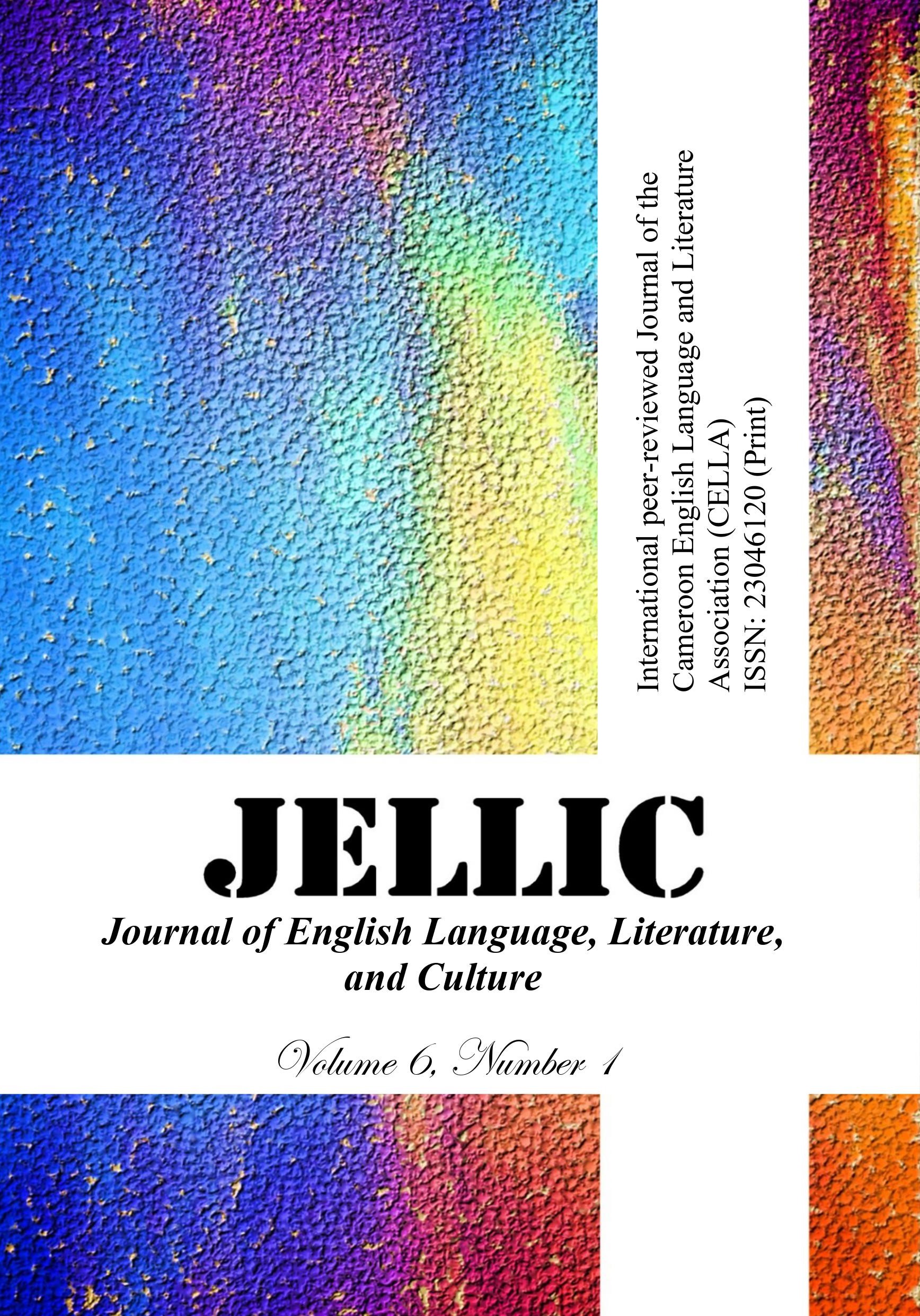Strengthening Cultural Ecology and Gender Perceptions in P. K. Nkamanyang Lola’s Rustles on Naked Trees
Keywords:
Cultural Ecology, Gender, Eco-womanism, AnthropocentrismAbstract
Environmental challenges and land degradation in the 21st century pose a major problem to humanity. The ecosystem, as a habitat for both man and animals, creates a symbiotic relation that needs to be well protected. It is against this backdrop that man, as a cosmic being, has the potentials to nurture his natural surroundings. The environment, therefore, becomes a site for socio-cultural, economic and political activities under the control of both the male and female genders. It is in this regard that gender as a category, stands as a mode of differentiation that often exposes the disparity and inequalities between the male and female genders in all facets of the society. Consequently, this becomes a major setback towards the galvanization of a holistic solution to common problems faced by mankind. This phenomenon has paved the way for creative writers to focus on literature, gender and nature so as to influence the idea of land conservation and preservation through cultural ecology in their literary productions. This paper, therefore, draws on P. K. Nkamanyang Lola’s Rustles on Naked Trees and adopts both the eco-womanist theory and cultural ecology to examine how gender relationships, through the characters in the text, enhance the idea of combating environmental hazards in order to preserve the ecosystem. Thus, Lola’s text serves as a lens through which human experience of the environment requires gender balance to strengthen anthropocentric and ecological ties for a conducive world.
Published
Issue
Section
License
Copyright (c) 2024 Vivian Ntemgwa Nkongmenec (Author)

This work is licensed under a Creative Commons Attribution-NonCommercial-NoDerivatives 4.0 International License.




